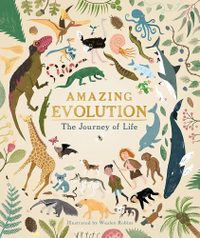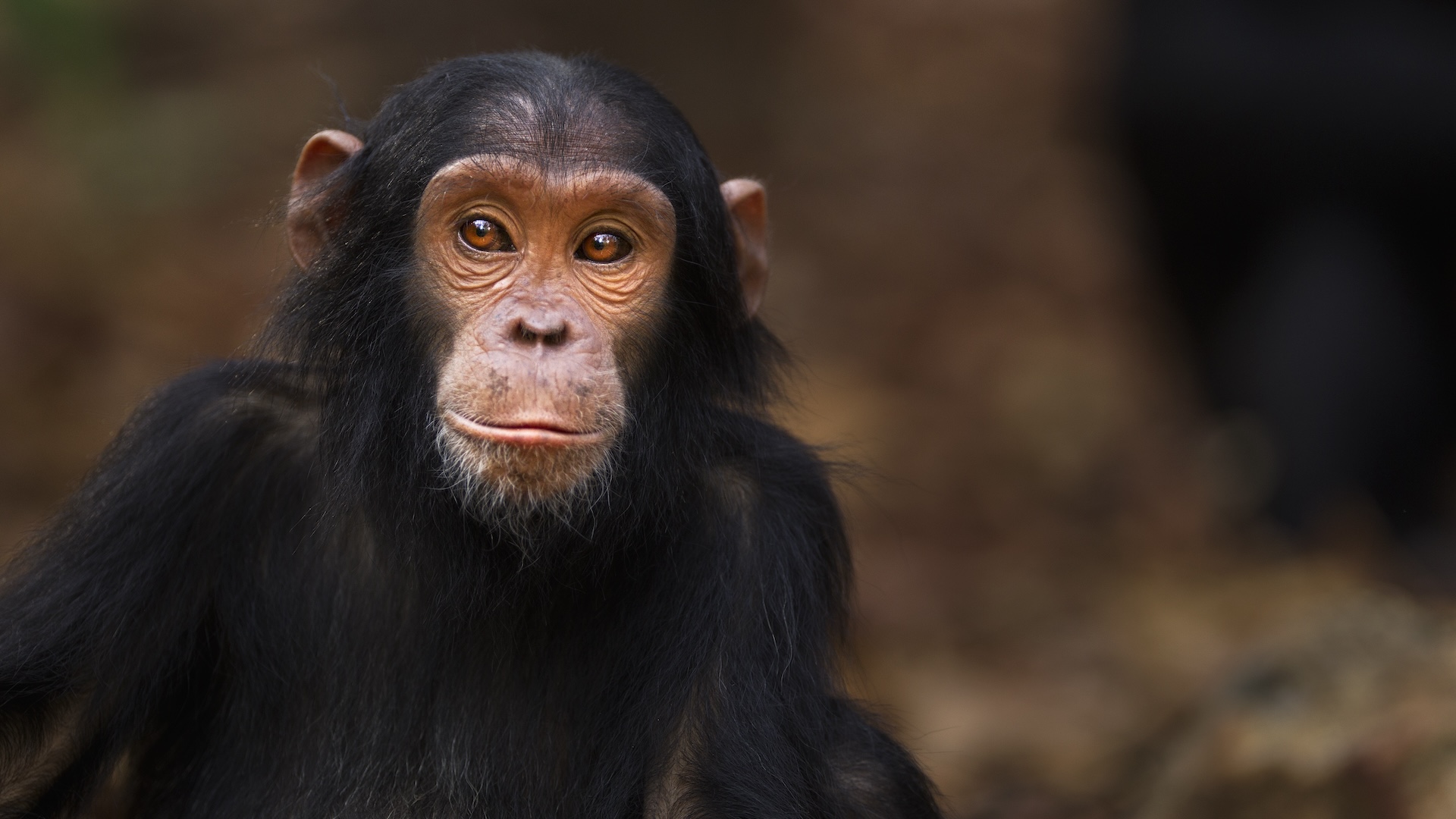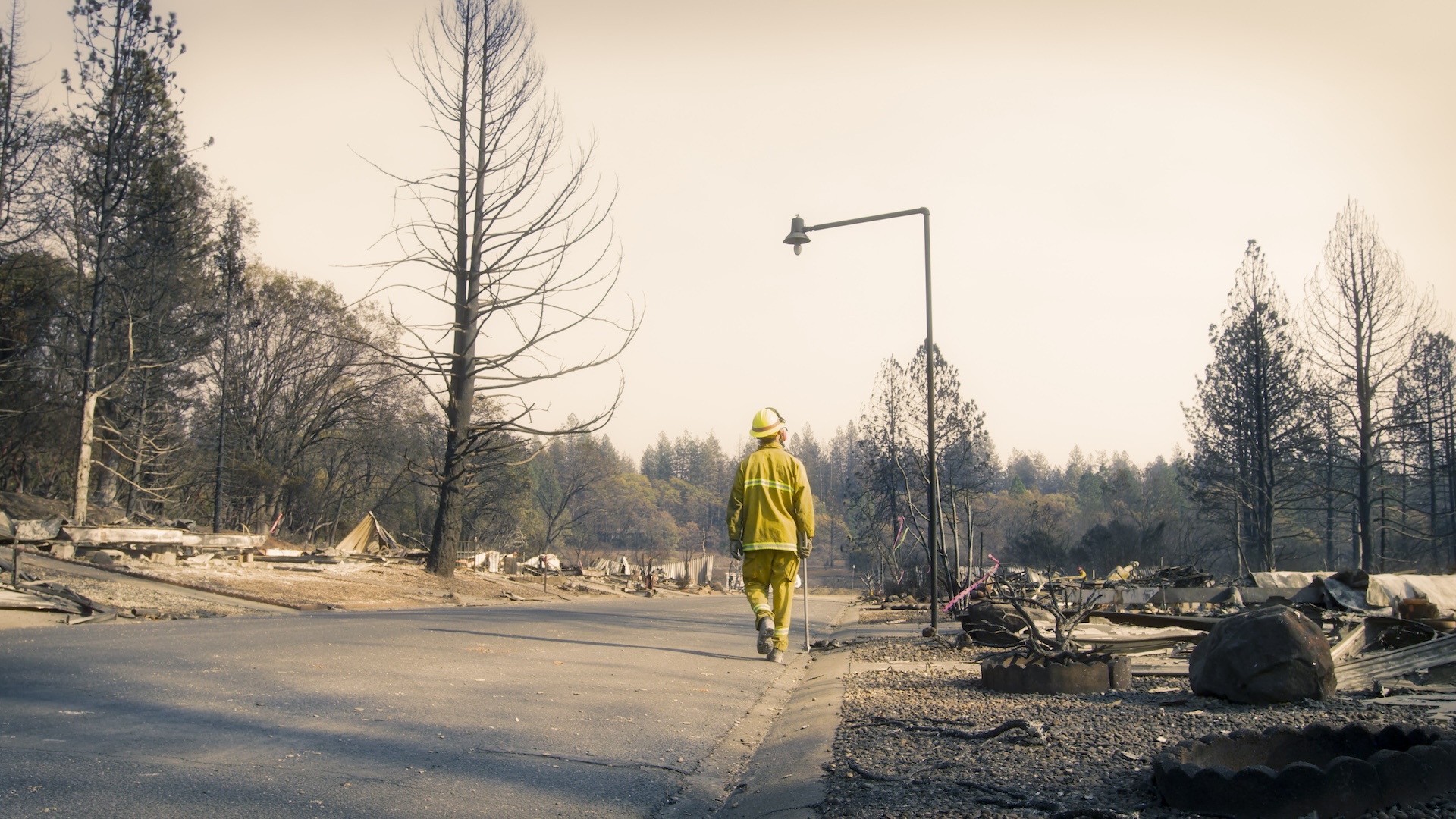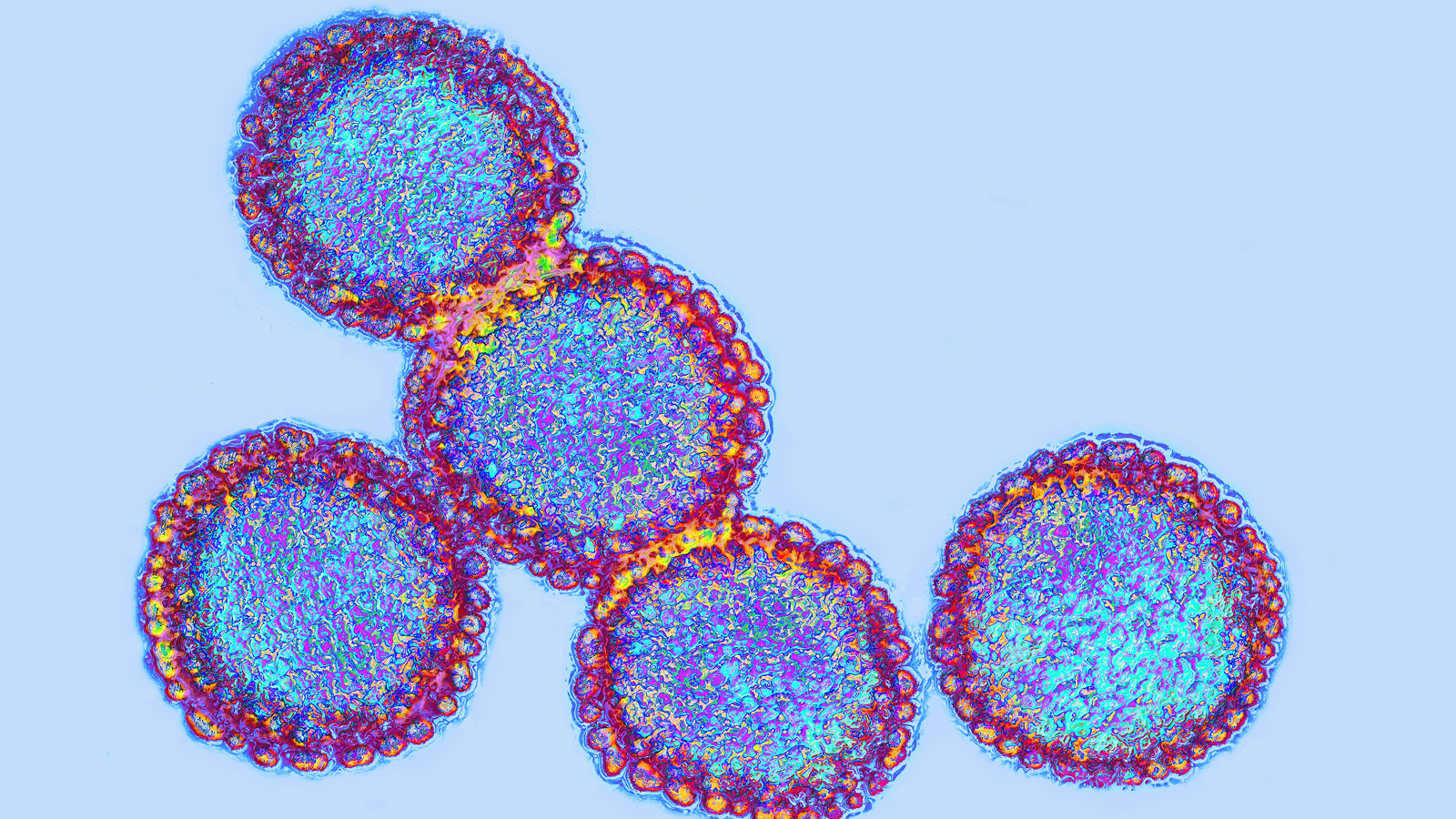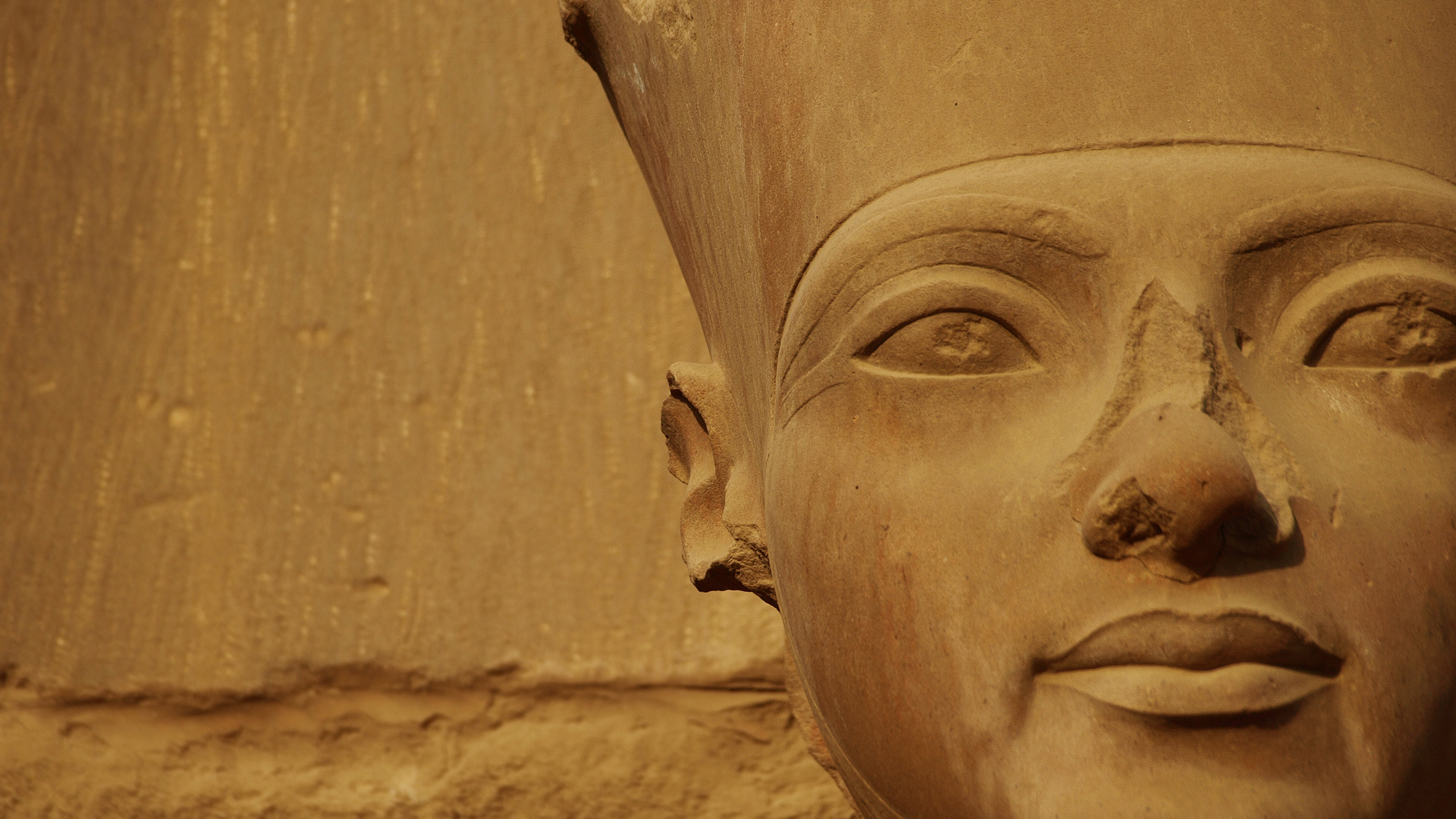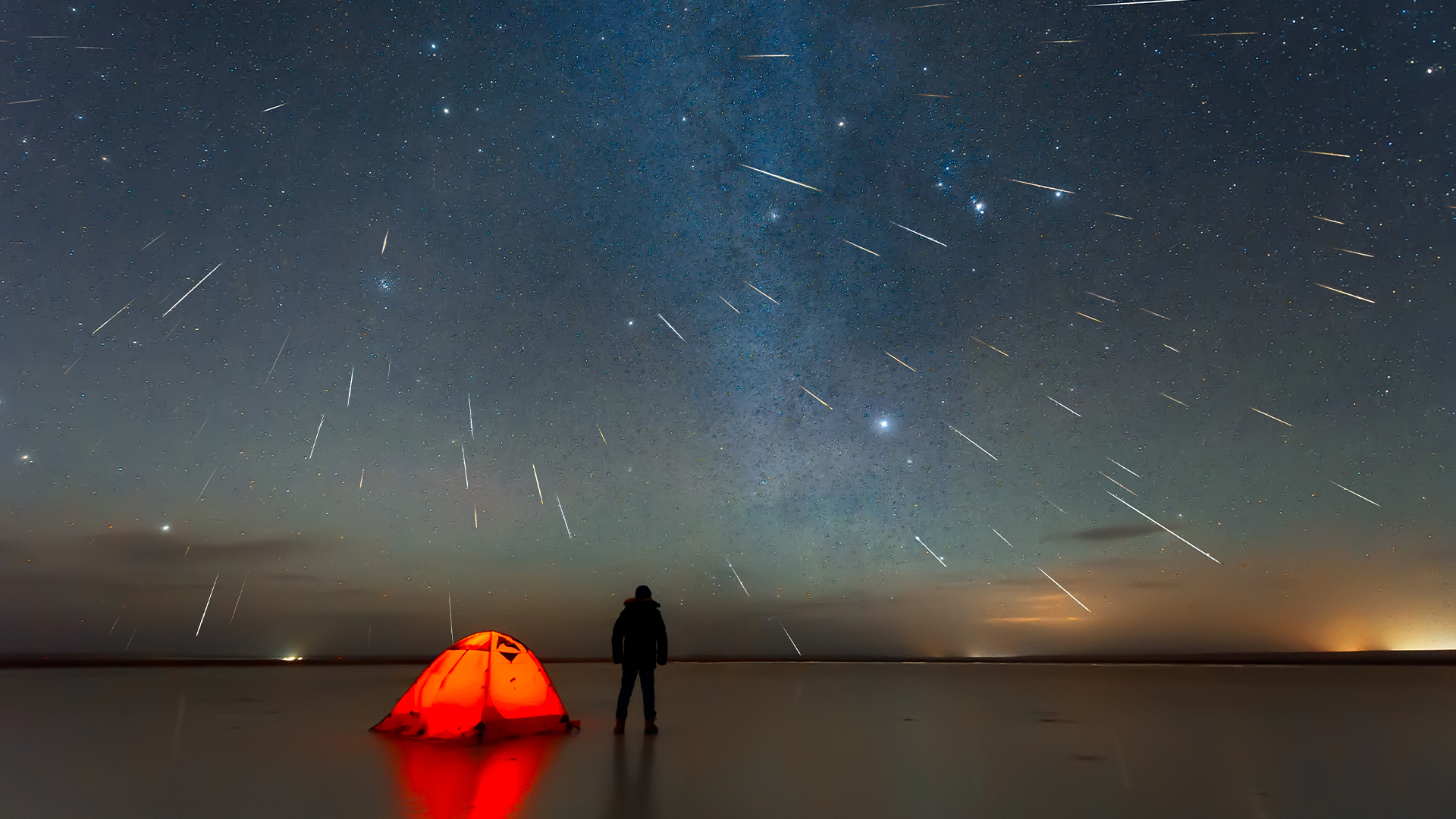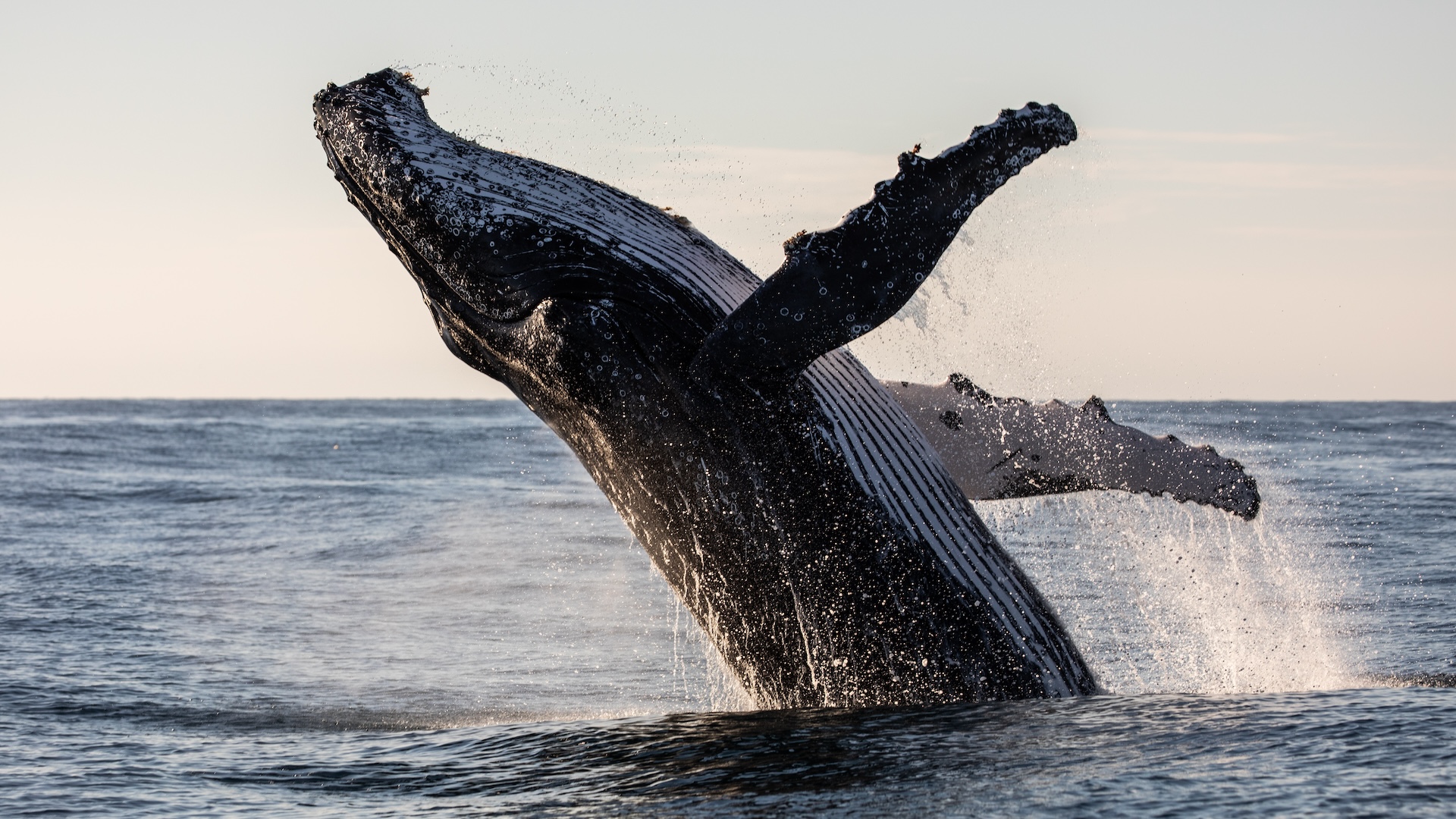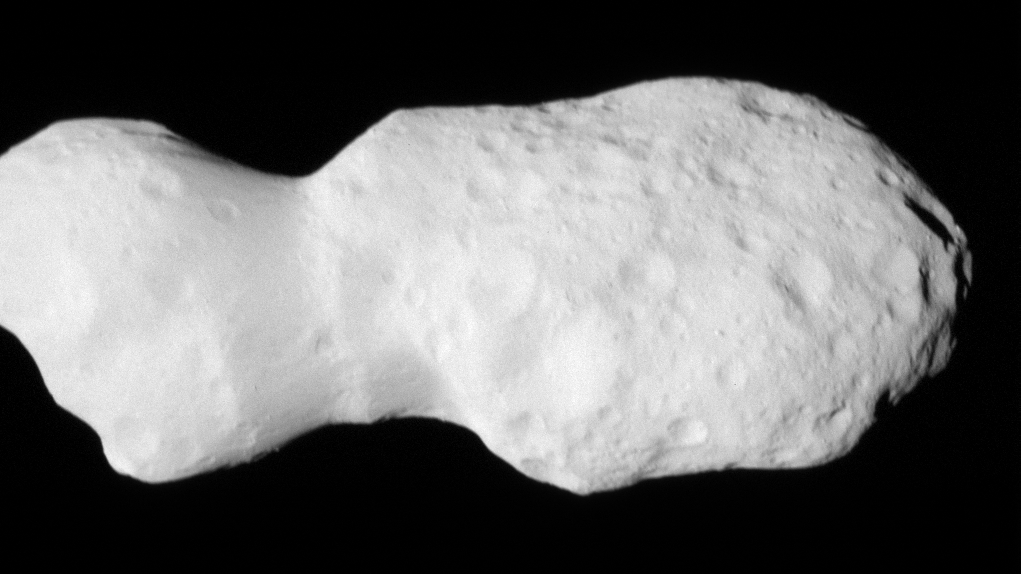Evolution: Facts about the processes that shape the diversity of life on Earth
Discover interesting facts about how evolution works, the different patterns that can emerge from evolution, how quickly organisms can evolve, and whether evolution is a random or ordered process
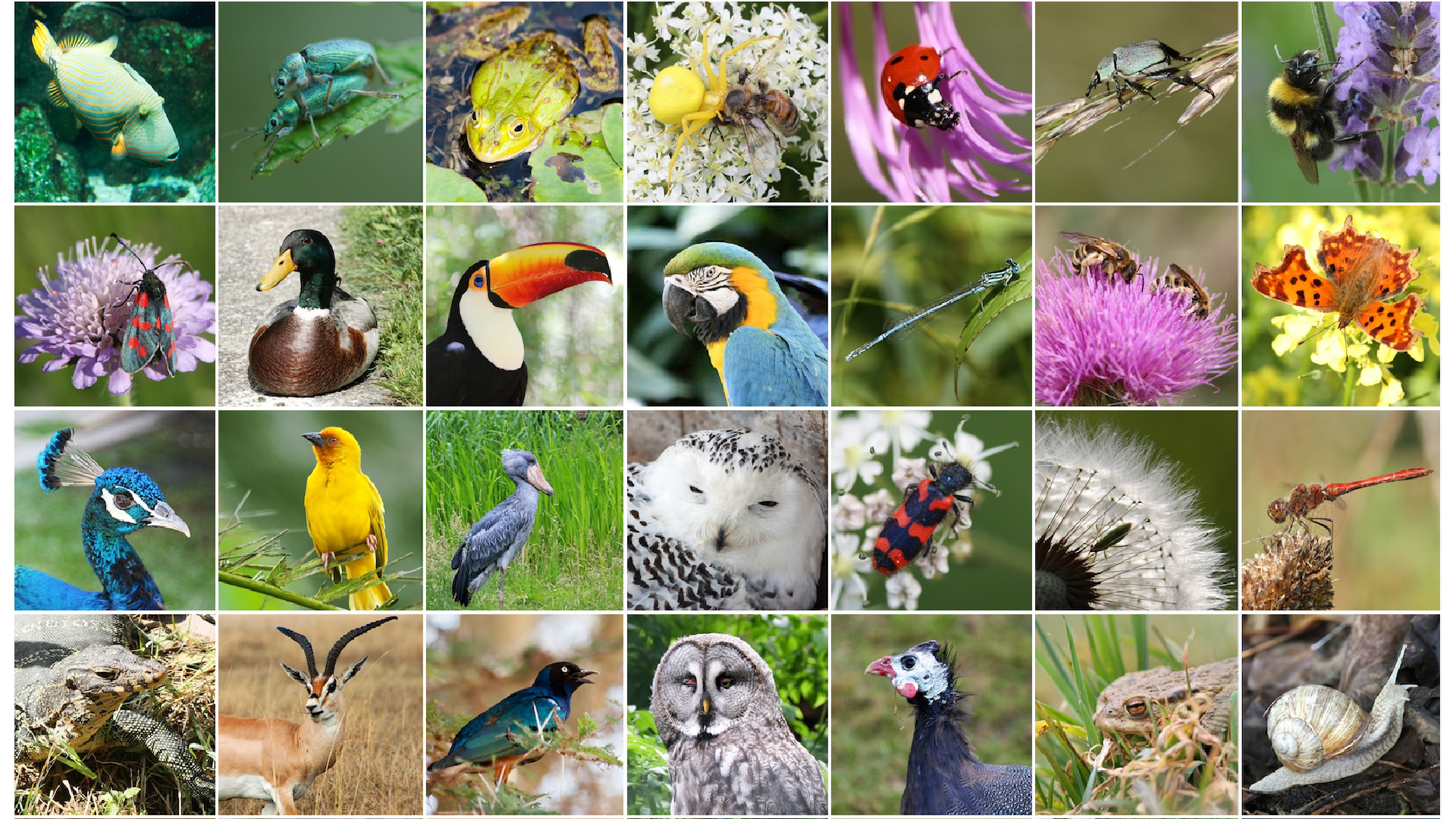
Oldest ancestor of all life: Approximately 4.2 billion years
First human species: Homo habilis, which lived from about 2.0 to 1.6 million years ago
Number of species on Earth: Around 9 million
Evolution is the way groups of life-forms change over time to better fit the places they live.
It is why life takes "such endless forms most beautiful and wonderful," as British biologist Charles Darwin wrote in his famous 1859 book "On the Origin of Species."
You can thank evolution for the diversity of life, from microscopic bacteria to the blue whale, the biggest animal to ever live.
Darwin and fellow naturalist Alfred Russel Wallace developed the theory of evolution in the mid-1800s.
Evolution works thanks to a process called natural selection. Life-forms that have traits that make them better suited to a certain environment — whether icy tundra or deep-sea volcano — have a better chance of surviving and passing that trait to their offspring.
Members of the group that don't have that trait, meanwhile, will either die or make fewer offspring. Over time, more members of the population will inherit that beneficial trait.
Evolution helps explain how humans came to be, why bacteria can resist antibiotics and why new diseases, like COVID-19, are always emerging.

Tiffany Taylor is a professor of Microbial Ecology and Evolution at the University of Bath in the U.K., where her research group studies evolution in real-time in the lab, using bacteria. She has also authored three children’s books on evolution and genetics.
5 fun facts about evolution
- The last common ancestor of all life on Earth is estimated to have existed around 4.2 billion years ago.
- There are three ingredients necessary for natural selection to occur: variation, inheritance and competition.
- The first complex life (animals, plants and fungi) appeared around 540 million years ago during the Cambrian explosion.
- There are three main branches of life: Eukaryota, Bacteria and Archaea (microbes that are similar to bacteria and often live in extreme environments).
- Homo sapiens (us) coexisted with other species of humans early in our history.
Everything you need to know about evolution
How does evolution work?
Evolution by natural selection is where a trait is weeded out or becomes more common in a population depending on how well the trait helps organisms (living things) survive and reproduce. Three key ingredients in natural selection are variation, inheritance and competition.
First, there is variation. For example, some lions are bigger or smaller, have longer manes or shorter ones, are more aggressive or cautious, and so on. Every population of organisms has variation in almost any trait you can imagine. Traits are encoded through genes in DNA, a molecule found in every living cell that gives instructions on how to develop, live and reproduce. Traits vary within a population partly because when DNA gets copied, sometimes some of the letters in the code get changed — a process called mutation.
Next there is inheritance. Many of these variable traits are inherited. Genes are passed on from one generation to the next through reproduction.
Finally, there is competition. Every creature in a population is competing with others in their group for food, shelter, resources and mates.
Here's how all those ingredients work together.
To survive, an organism must be well suited to its environment. For example, a plant in the Mojave Desert needs to make do with very little water, while a tree in the Amazon rainforest needs to keep its leaves from getting waterlogged.
Those with a trait that is a better fit for their environment — say, a cactus that needs less water in the desert — are more successful in the competition for resources, shelter, food and mates.
They're likelier to survive and reproduce than their counterparts without the trait. Their offspring inherit these traits that give them an advantage over their rivals, continuing the cycle of evolution.
Eventually, more of the members of the population carry the trait that gives them an edge in survival and reproduction. That’s evolution in a nutshell.
Evolution explains how species emerge and change over time. While scientists have described between 1 million and 2 million species, they know they're missing a lot. There could be 9 million — or even up to a trillion — species on Earth.
Is evolution completely random?
Natural selection requires variation, and variation within a population largely comes from DNA mutations.
Most mutations are random, but some areas of DNA might mutate more easily than others.
In humans, children are usually born with about 60 new mutations, or DNA changes that their parents didn't have.
Different life-forms have different rates of mutation, and there are always some mistakes. Most of these mutations don’t affect the organism in any noticeable way. (These are called neutral mutations.) But sometimes, mutations can make it easier or harder for an organism to survive or reproduce. This is where natural selection comes in.
If a mutation helps an organism compete better, it is more likely to survive and pass on the beneficial mutation to its offspring. On the other hand, if a mutation makes survival or reproduction harder, the mutation is less likely to be passed down.
So, while mutations mostly occur randomly, evolution is not random.
However, natural selection is not perfect, and mutations that have no or very small negative effects can stick around in a population.
For instance, a lot of people have wisdom teeth that once helped us grind up plants in our diet, but now mainly crowd other teeth and usually have to be pulled. But because having wisdom teeth doesn't make it hard to survive or reproduce, it hasn't been weeded out yet.
How long does evolution take?
Usually, evolution is thought of as a process that occurs over thousands or millions of years, but some organisms can evolve within days. The rate of evolution depends on several factors.
First, organisms that reproduce quickly evolve faster because evolution occurs through inherited changes, with each generation differing slightly from the last. Over time, these small changes add up to big differences.
Second, population size matters. Larger populations are likelier to have at least one individual with mutations that affect survival or reproduction. Natural selection then either weeds these out or makes the genes more common depending on whether they're good or bad for a species.
The mutation rate also influences the speed of evolution. More mutations mean more chances to evolve, but because most mutations are neutral or harmful, organisms often evolve proteins to fix DNA copying mistakes, which keeps the mutation rate low. Sunlight, chemicals and factors tied to different species' error-correction tricks can all affect how quickly genes mutate.
Lastly, the environment plays a critical role in the rate of evolution. In harsh conditions, natural selection quickly removes individuals that are not a good fit for their environment, leading to more rapid evolutionary changes.
These factors mean small organisms that make copies of themselves quickly — like bacteria — evolve much more quickly than large ones that take a long time to reproduce, like elephants. This rapid evolution in microscopic organisms can help scientists study adaptation through laboratory experiments.
What is Lamarck's theory of evolution?
Charles Darwin comes to mind when we think of the theory of evolution.
But before Darwin published his groundbreaking work in 1859, other scientists were already trying to explain the diversity of life on Earth. One such scientist was Jean-Baptiste Lamarck, a French researcher who proposed a different theory of evolution 50 years before Darwin published his work.
Lamarck believed that traits or characteristics that were used more often would grow stronger and bigger, while those that weren’t used would gradually disappear. He also thought that any traits that were improved through use could be passed down to offspring.
A commonly used example is the giraffe. According to Lamarck’s theory of evolution, giraffes have long necks because their ancestors constantly stretched to reach leaves high up in trees, causing their necks to get longer. He believed that this stretching led to longer necks, which were passed on to the next generation.
We now know that this is not correct, and it is through genetic mutations that nature selects the most successful neck lengths in the population.
But Lamarck’s ideas were still an essential stepping stone that inspired Darwin’s ideas of natural selection.
What are the different types of evolution?
Evolution can produce different patterns over time. We can label the three main patterns as divergent, convergent and parallel evolution.
Divergent evolution occurs when related populations become increasingly different from each other as they adapt to different environments. This can sometimes lead to the formation of new species. The Galápagos finches that helped Darwin form his theories on evolution are a classic example: At first, these songbirds were just one species. But over time, birds from different islands evolved different beak shapes — from long to short, and curved to straight — to better eat the food on those islands. Biologists can even see this transformation happen in real time when island rainfall patterns change.
Convergent evolution occurs when unrelated organisms start looking or acting more like each other because they live in similar environments or must face the same types of challenges to survive and reproduce. For instance, dolphins and sharks both have streamlined bodies that help them swim well in water. However, dolphins evolved from a wolf-like mammal called Pakicetus around 50 million years ago, whereas sharks evolved from their fish ancestors approximately 450 million years ago. This pattern can create the illusion that animals share a more recent common ancestor than they actually do.
Parallel evolution is similar to convergent evolution, but it involves related species with recent common ancestry. In parallel evolution, closely related species that live apart independently evolve similar traits when confronted with similar environmental challenges. For example, the ancestors of living centipedes didn't make venom. But many centipede species separately evolved venom, indicating it was helpful to them.
Evolution pictures

Charles Darwin, aged 60.
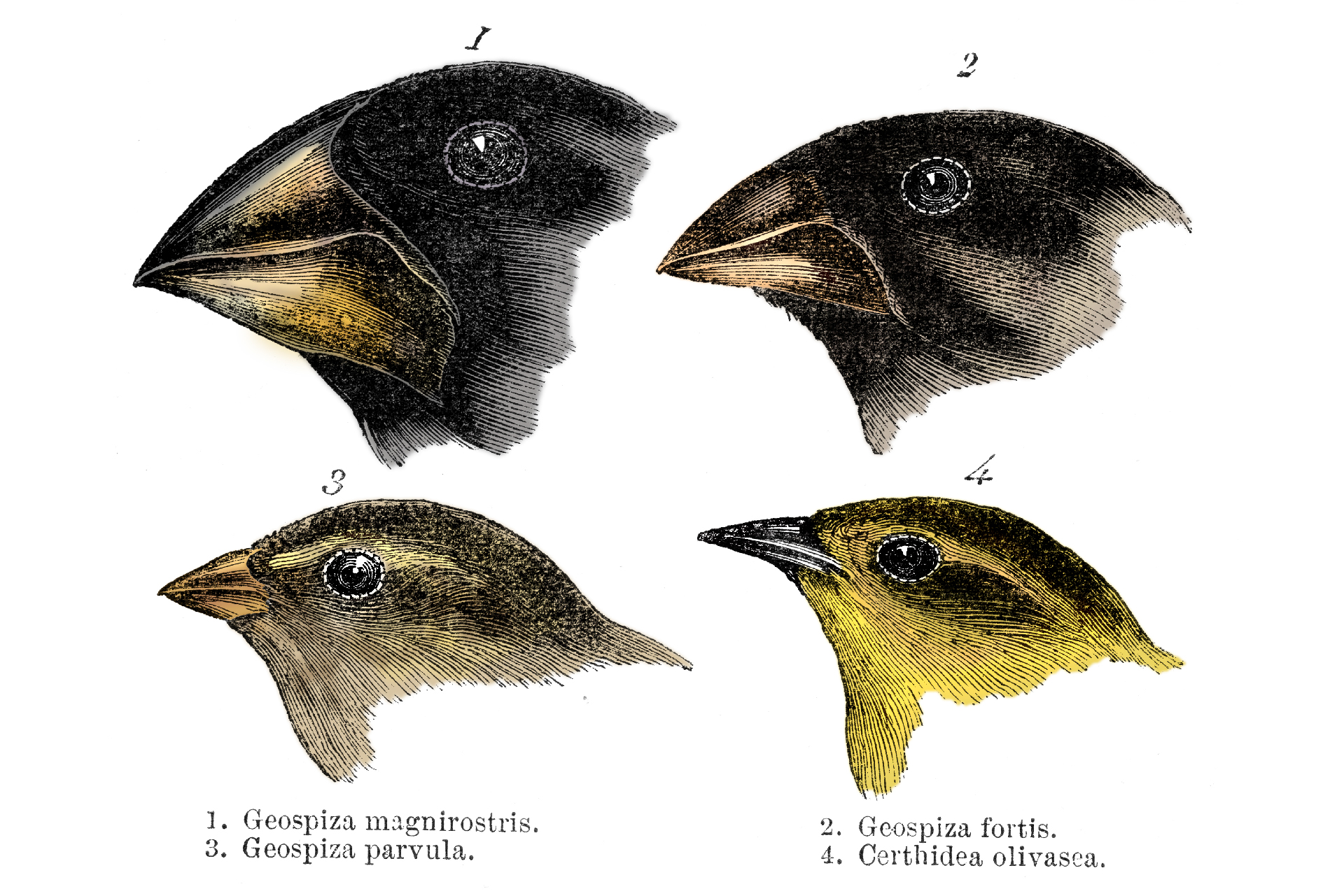
The Galápagos finches were made famous by Charles Darwin's observations of beak variation that he collected during his voyages on the HMS Beagle.
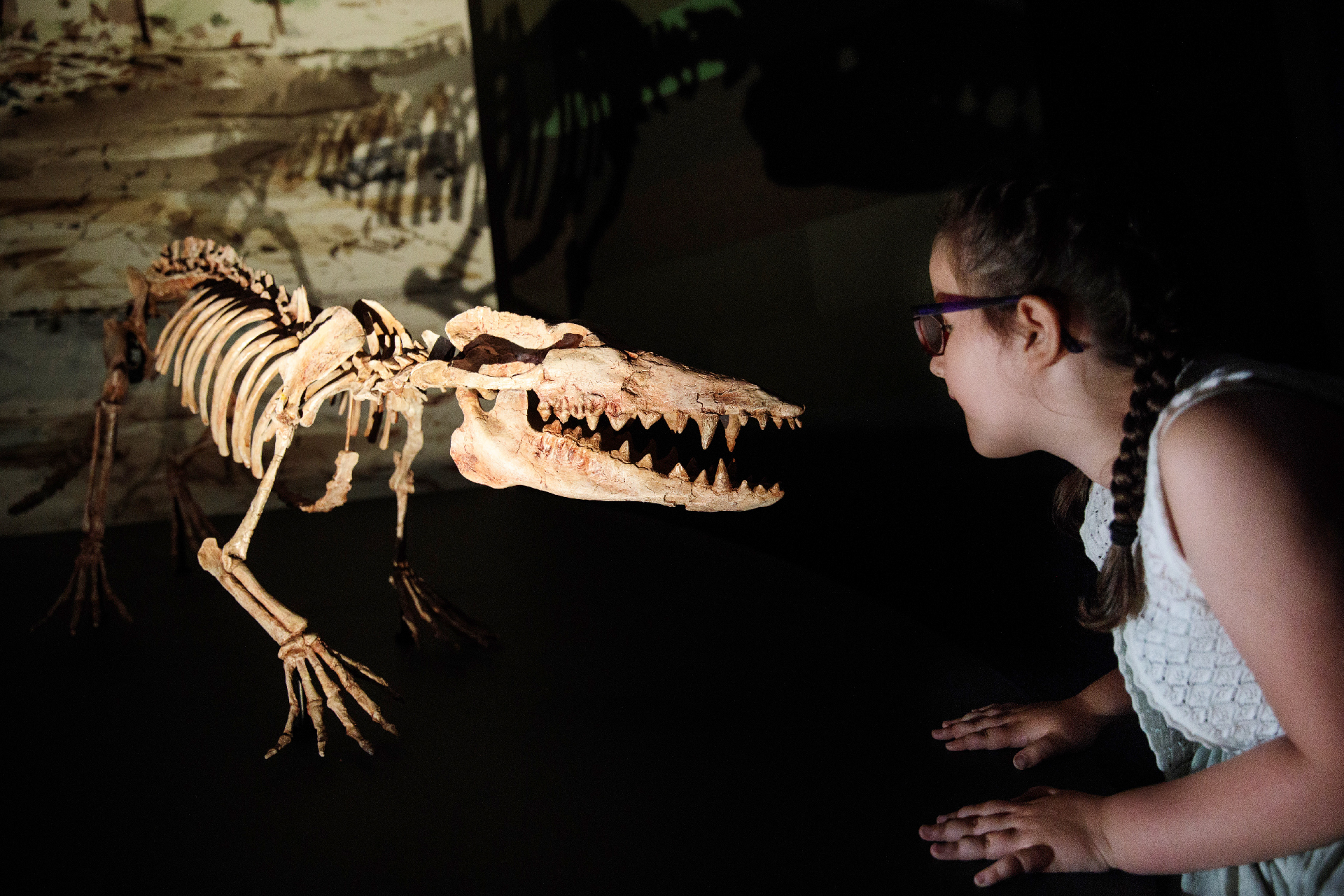
Pakicetus, the ancestor of whales and dolphins, lived around 50 million years ago.
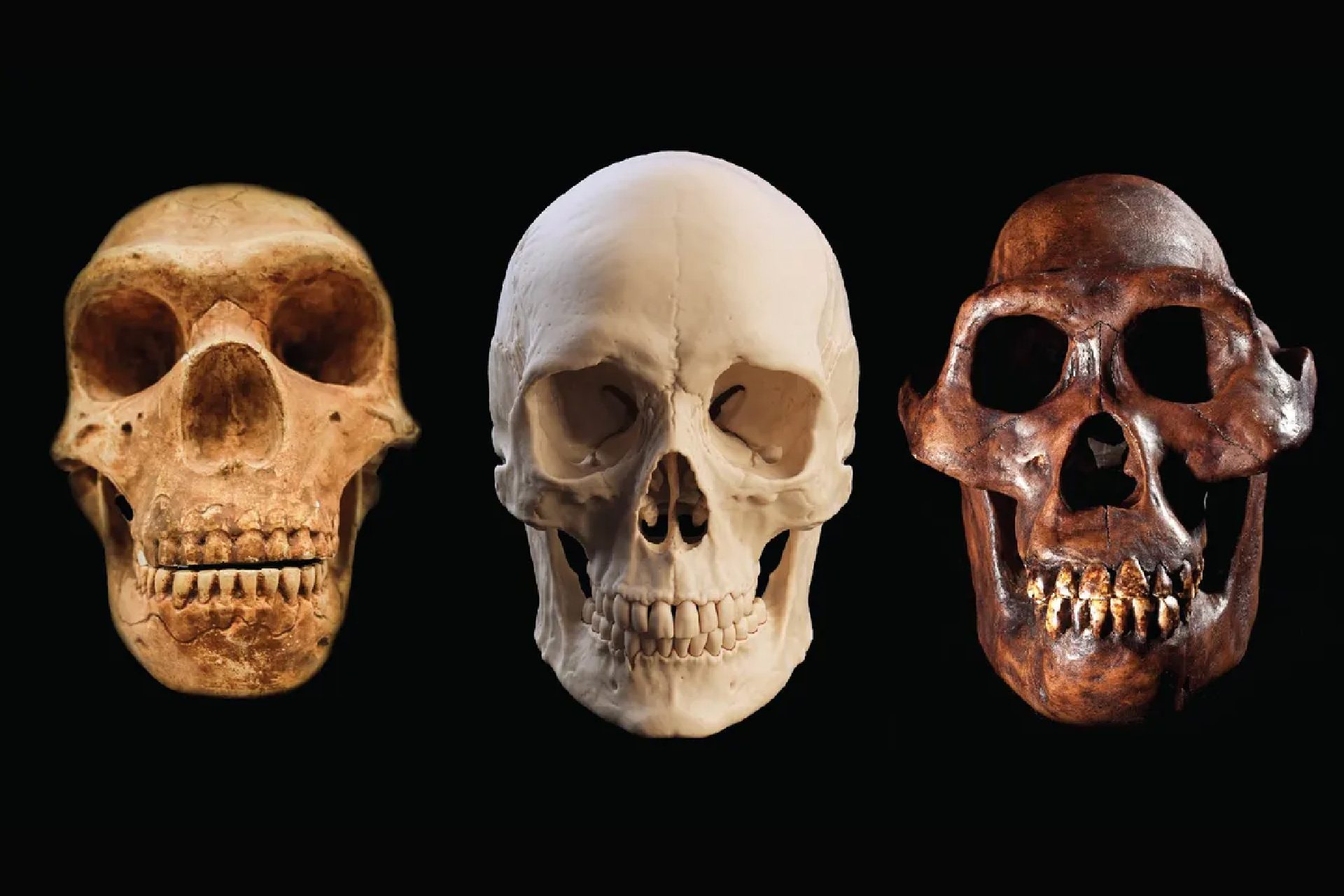
Reproductions of skulls from a Neanderthal (left), Homo sapiens (middle) and Australopithecus afarensis (right).
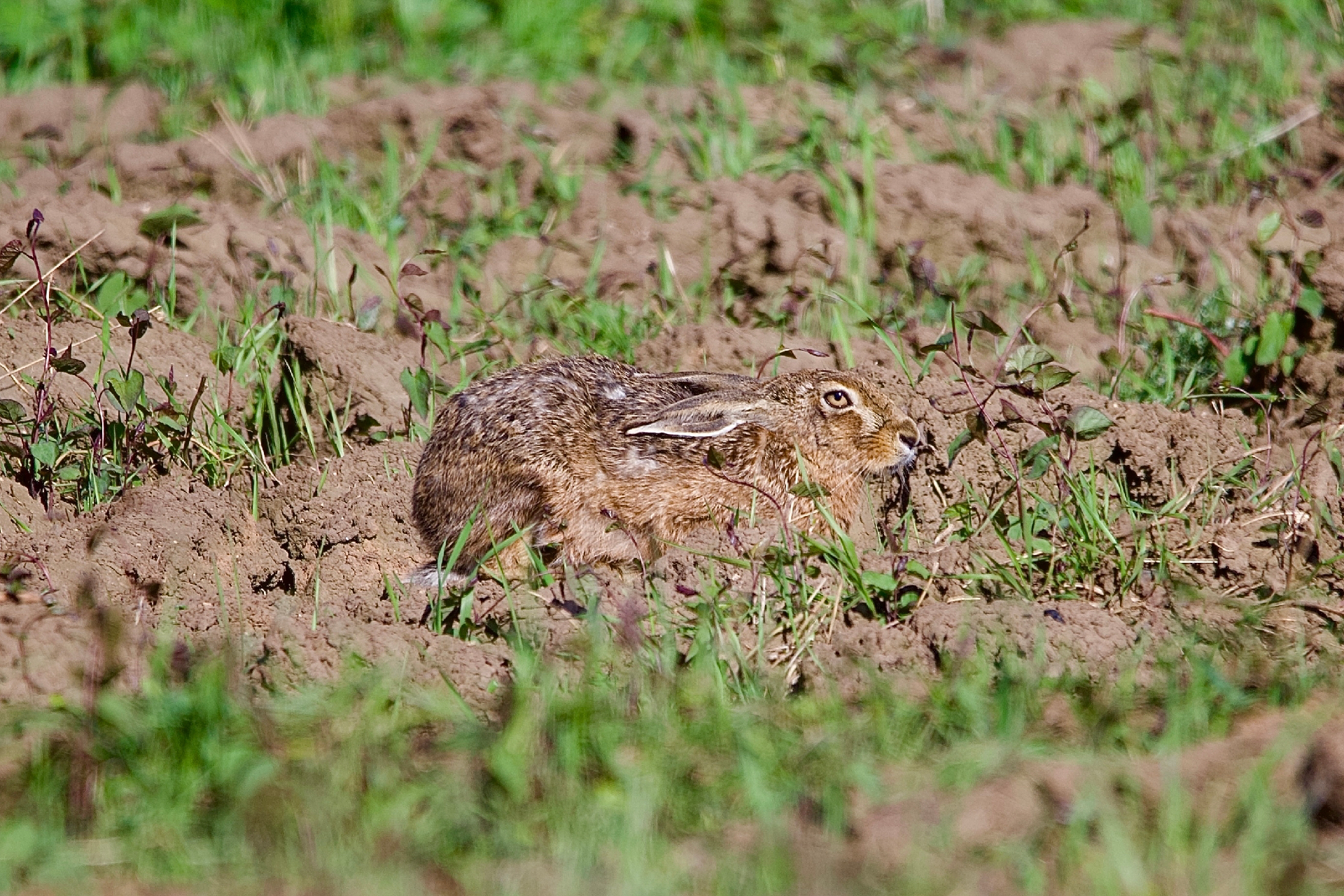
Many animals have evolved camouflage to protect them from predators.

The evolution of stickleback fish from a marine to freshwater habitats gives a great example of parallel evolution.
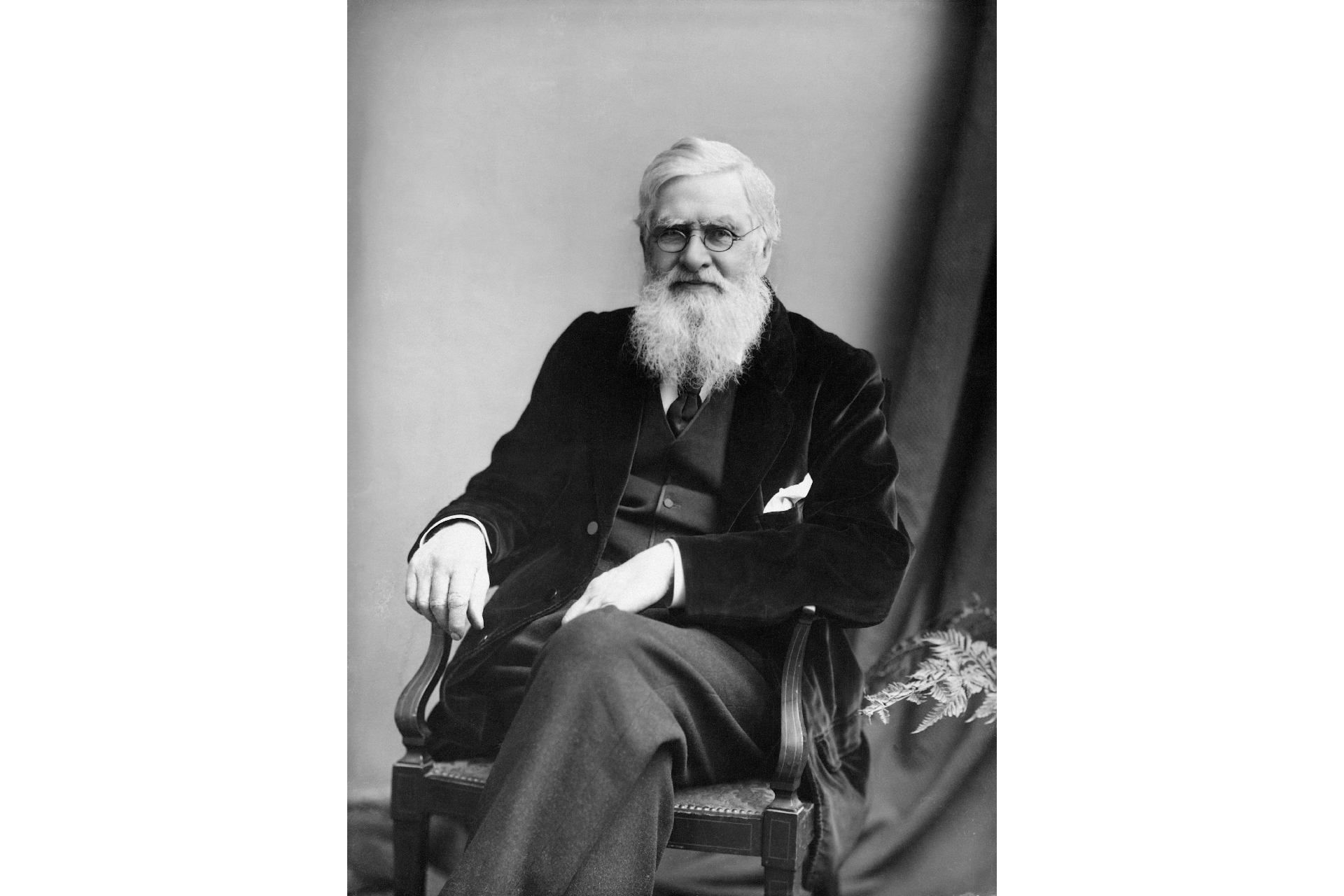
Alfred Russel Wallace (1823-1913) developed a theory of natural selection at the same time as Charles Darwin.

Antibiotic resistance is a global problem that is caused by evolutionary processes.
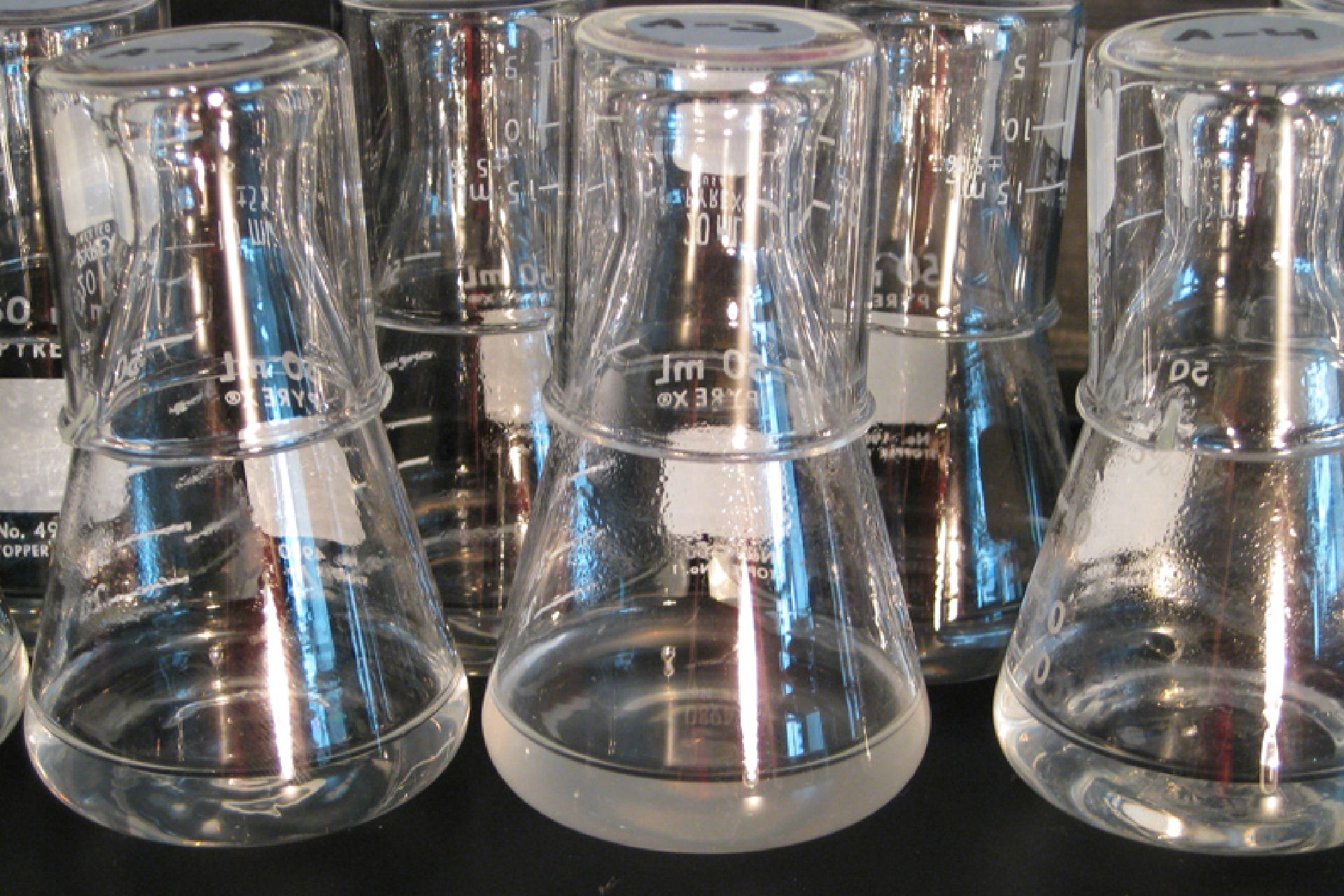
Microbes such as bacteria have been useful to study evolution in real time in the lab thanks to how rapidly they evolve.
Discover more about evolution
—How long do new species take to evolve?
—How 10 animals evolved their iconic features
—Which animals are evolving fastest?
Books about evolution
"Amazing Evolution: The Journey of Life," $13.99 on Amazon
"The Origin of Species: 150th Anniversary Edition," $6.26 on Amazon
"30-Second Evolution: The 50 most significant ideas and events, each explained in half a minute," $16.36 on Amazon
Evolution quiz
Sign up for the Live Science daily newsletter now
Get the world’s most fascinating discoveries delivered straight to your inbox.

Tiffany Taylor worked at Live Science in the summer of 2024 as a Fellow of the Association of British Science Writers. She is a professor of Microbial Ecology and Evolution at the University of Bath in the U.K., where her research group studies evolution in real-time in the lab, using bacteria to explore how genes and genomes evolve. She has also authored three children’s books on evolution and genetics. When she is not doing research, she’s usually running – sometimes for pleasure, more often after her two small children.

